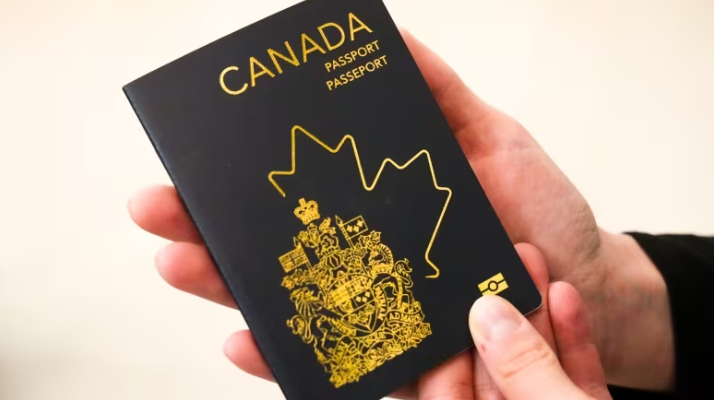PersonalCaution regarding tax implications of Registered Accounts

Non-Residents:
Caution regarding tax implications of Registered Accounts
Numerous individuals in Canada make use of registered savings plans, with the most well-known options being Tax-Free Savings Accounts (TFSAs) and Registered Retirement Savings Plans (RRSPs). Canadians who possess such plans and subsequently become non-residents for tax purposes need to be aware of specific rules and limitations.
TFSA (Tax-Free Savings Account)
A TFSA allows you to deposit funds into a registered plan, and any income generated within the plan remains tax-free. The contribution limit for 2022 is $6,000. If a taxpayer hasn't maximized their contributions in previous years, they may have the opportunity to contribute more.
In the event that a Canadian tax resident possesses a TFSA and then relocates from Canada, the accrued funds can be retained within the account without incurring any Canadian tax consequences. However, the income generated within the TFSA might be subject to taxation in the individual's new country of residence. This depends on the existence of a tax treaty between Canada and the new country of residence. For example, in the United States, TFSA accounts do not enjoy any special status, and there are no provisions in the tax treaty between Canada and the U.S. that relieve U.S. taxpayers from taxation on income earned in a TFSA. This mismatch in tax treatment is one reason why U.S. citizens residing in Canada often refrain from holding TFSAs.
While being a non-resident, individuals should refrain from making additional contributions to their TFSA since the account no longer carries any tax advantages and could result in penalties. If a non-resident account holder does make contributions to their TFSA, these contributions will be subject to a 1% tax for each month they remain in the account until either:
- The excess contribution is withdrawn from the TFSA.
- The non-resident re-establishes their Canadian tax residency.
As a non-resident, the account holder retains the ability to withdraw funds from the TFSA without incurring Canadian taxation. These withdrawals are not subject to withholding tax. Any withdrawals made during the period when the account holder was a non-resident will be added back to their TFSA contribution room. These funds will become available in the year following their withdrawal if the account holder re-establishes Canadian tax residency in the future. However, while being a non-resident, the contribution room will neither increase nor accumulate.
RRSP (Registered Retirement Savings Plan)
An RRSP enables you to invest money in a registered plan and postpone paying taxes on both the deposited funds and the earnings they generate until withdrawal. Contributions to an RRSP are calculated based on 18% of the prior year's earned income, up to an annual maximum (which was $29,210 in 2022). Unused contribution room can be carried forward to subsequent years.
If a Canadian tax resident possesses an RRSP and then relocates from Canada, they can continue to make contributions to their RRSP. The amount they can contribute depends on their Canadian-source income.
It's important to note that an individual's 71st year marks the last opportunity to contribute to their RRSP. At this point, they can explore options such as converting it into a Registered Retirement Income Fund (RRIF).
Emigrating from Canada comes with various tax considerations, particularly concerning registered savings plans. Seeking professional tax advice is crucial in navigating these complexities. Furthermore, it's essential to integrate these plans into your comprehensive estate strategy, including verifying the accuracy of beneficiary designations. Consulting with professionals in this context is also highly advisable.
April 1, 2022
